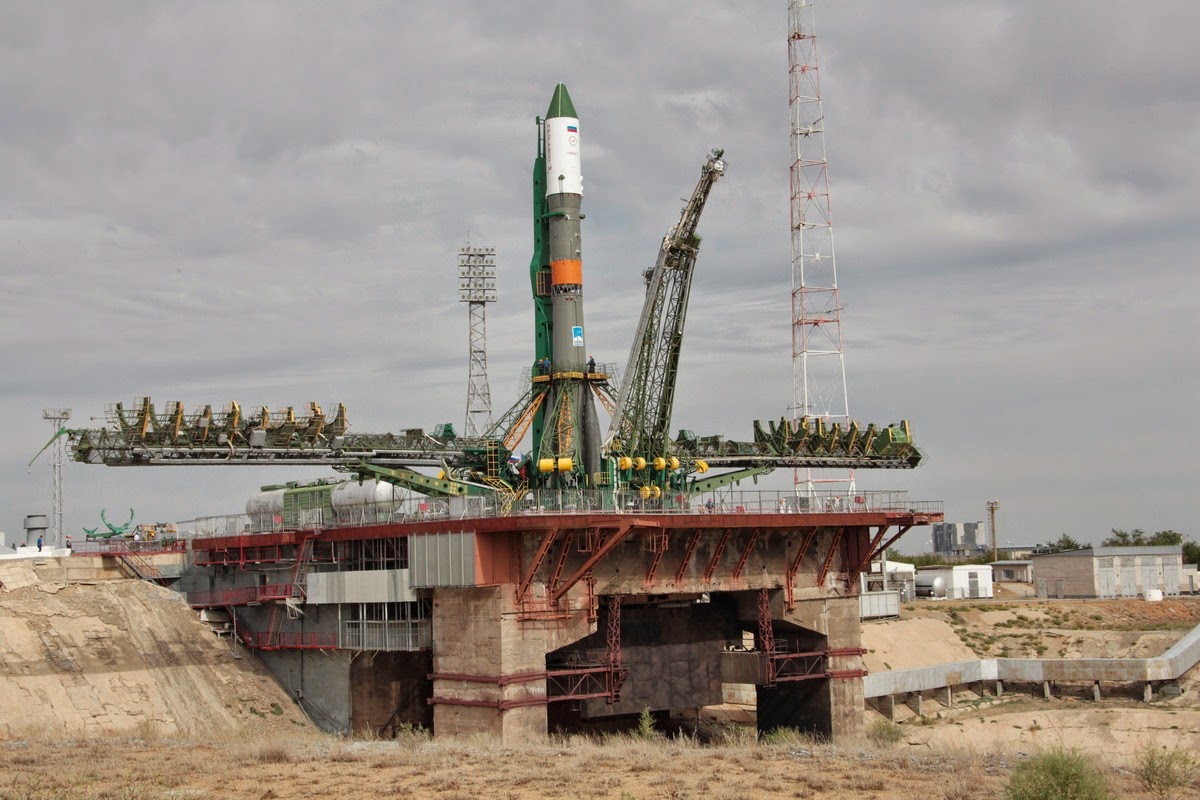Dear readers and followers,
"Heavy Metal! I found an iron meteorite on Mars," Curiosity's handlers wrote on the mission's Twitter page.
Actually, NASA's Mars rover Curiosity has discovered its first meteorite on the Red Planet, and it's no puny space rock.The new found Mars meteorite, which scientist have named "Lebanon," is nearly 2 meters wide and made of iron. Photos of the meteorite taken by Curiosity also revealed a smaller companion nearby, which is now dubbed "Lebanon B." "That 'Lebanon' is huge, almost 2 meters," said Guy Webster from the agency's Jet Propulsion Laboratory in California.
While NASA released a detailed photo of the Lebanon meteorites Tuesday, July 15th, the Curiosity rover actually discovered the space rocks on May 25th.
Credit: NASA/JPL-Caltech
Webster said Curiosity also found a third meteorite at the same time it spotted the Lebanon rocks. In a raw, unprocessed photo from Curiosity, the third meteorite, which is also about 2 meters wide, can be seen just beyond the closer Lebanon meteorites. Curiosity snapped detailed photos of the main Lebanon meteorite using its high-resolution Chem-Cam and Remote Micro-Imager cameras. The images revealed strange angular cavities in the surface of the rock.
Altogether, the three meteorites are the first space rocks on Mars discovered by the Curiosity rover since it landed on the Red Planet in August 2012, Webster added.
"One possible explanation is that they resulted from preferential erosion along crystalline boundaries within the metal of the rock," NASA officials wrote in a statement. "Another possibility is that these cavities once contained olivine crystals, which can be found in a rare type of stony-iron meteorites called pallasites, thought to have been formed near the core-mantle boundary within an asteroid."
On Aug. 5th, Curiosity will celebrate its second Earth-year anniversary on Mars. Since landing in 2012, the rover has found evidence that Mars could have been habitable for primitive life, a major mission goal, and has been making its way toward the huge Mount Sharp, which rises from the center of its Gale Crater landing site.
Contact me if you have any specific questions or to correct some typo error in the articles.
You can support us with Flattr
Stay tuned






